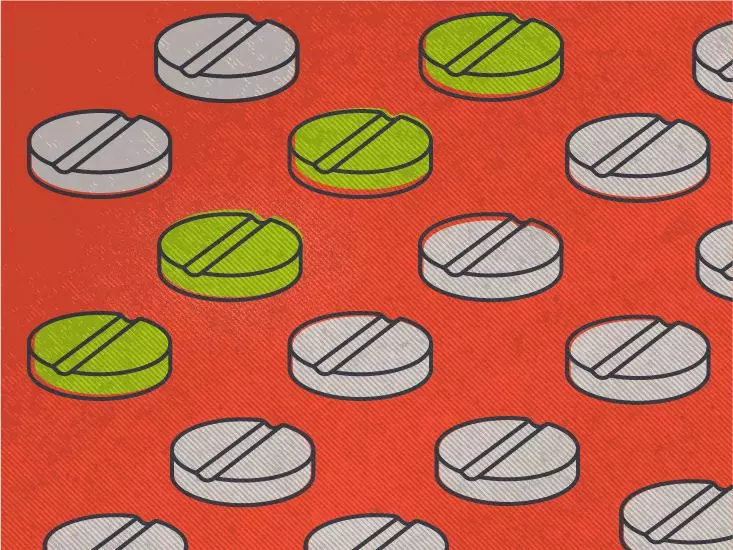Allopurinol stands out as a crucial medication in the fight against gout and certain other conditions associated with elevated uric acid levels in the body. This xanthine oxidase inhibitor is primarily designed to reduce uric acid production, consequently alleviating the symptoms of gout, which include severe joint pain and inflammation. Nevertheless, an effective allopurinol regimen begins with precise dosing tailored to the individual’s medical history and specific diagnosis. Unlike one-size-fits-all solutions, proper management of allopurinol dosage relies heavily on personalized medical strategies, a hallmark of modern health care.
Dosing Considerations: What You Need to Know
The prescribed dosing for allopurinol is anything but straightforward; it varies based on several determinants including your health condition, weight, and metabolic responses. Typically, healthcare providers start patients on a lower dosage, allowing for gradual adjustments based on therapeutic response and uric acid levels. For adults with gout, the journey often starts at 100 mg per day, with titration up to 200 mg or more, depending on the patient’s uric acid test results. This emphasizes the need for consistent monitoring and open communication with healthcare providers to achieve the most effective therapy.
Though the usual range for long-term allopurinol use is between 200 mg and 600 mg daily, certain scenarios can warrant higher dosages. For instance, patients undergoing chemotherapy may find themselves needing doses that can soar up to 800 mg for a few days to combat spikes in uric acid that accompany rapid cell breakdown. This inherently demonstrates the flexibility and the necessity of a doctor’s oversight in managing this medication.
Administration Forms and Methodology
Allopurinol is available in both oral tablet form and as an intravenous solution, though the focus of this discussion leans toward the oral administration method as it is most commonly utilized. Available strengths of the oral tablet include 100 mg, 200 mg, and 300 mg. The tablets can be taken with or without food, which may be a comfort for those who experience gastrointestinal distress. Moreover, the ability to cut or crush the pills offers additional flexibility for patients who may have difficulty swallowing whole tablets.
Timely medication adherence is key in gaining optimal control over uric acid levels. Whether taken once or twice daily, the regimen should reflect the careful consideration of medical advice and personal lifestyle. It’s not just about taking a pill; it’s about fostering a routine that mitigates the risk of flare-ups and promotes long-term health.
Age-Specific Dosages: Tailoring Treatment
When examining how allopurinol is prescribed for different age groups, a notable customization becomes apparent, particularly in pediatric patients. Children aged six to ten are commonly prescribed 300 mg of allopurinol, while those under six typically require only 150 mg—a significantly lower dose that underscores the sensitivity needed when treating younger patients. The consideration of age and corresponding metabolic rate is critical in ensuring safe and effective treatment.
Additionally, older adults often start on lower doses, typically around 100 mg, before gradual titration. With aging, kidney function often diminishes, necessitating a more cautious approach to medication management. This reality serves as a reminder that the journey with allopurinol is not only about managing gout but also about understanding one’s unique health landscape, illustrating the power of individualized medicine.
The Imperative of Professional Guidance
While the information on allopurinol dosages serves to inform, it does not replace the indispensable role of healthcare professionals. Open dialogue with medical experts is crucial, as they provide the nuanced insights into dosing adjustments and side effects management. Knowledge is potent, but it is the skilled application of that knowledge, through doctor-patient collaboration, that truly empowers effective health management.
Patients must remain vigilant about their treatment, recognizing not just the importance of following prescribed dosages but also of reporting any side effects promptly. Instances of overdosage can lead to grave complications, underscoring the need to remain within the prescribed boundary.
As healthcare becomes increasingly personalized, the approach to medications like allopurinol is evolving past mere prescription into a more dynamic partnership between patients and providers, fostering an environment of informed decision-making and optimal health outcomes. This evolution heralds a new era, where patients are not just passive recipients of medication but active participants in their health journey, enlightening themselves about every aspect of their treatment protocol.

